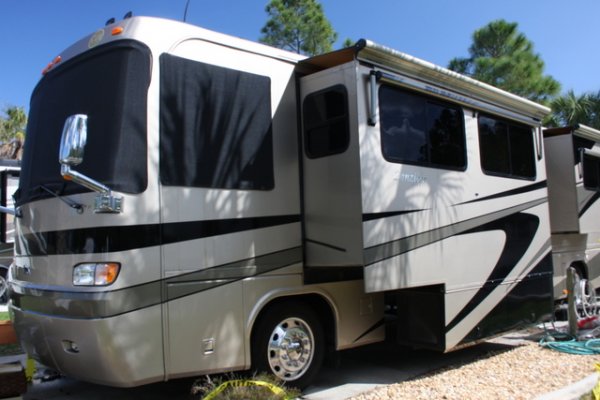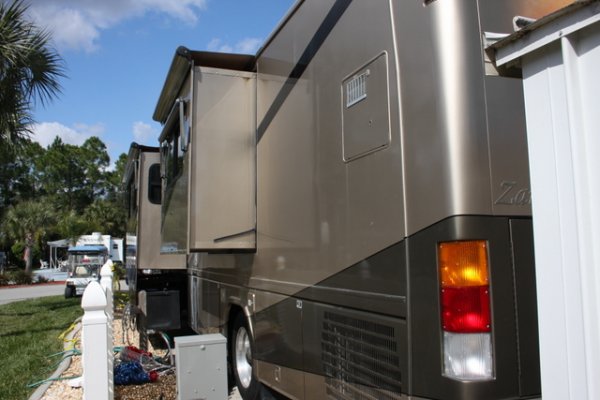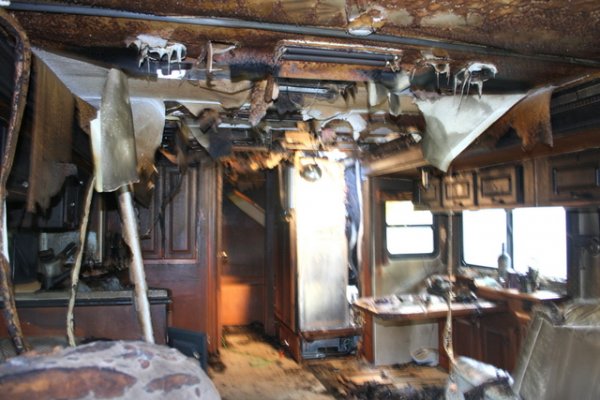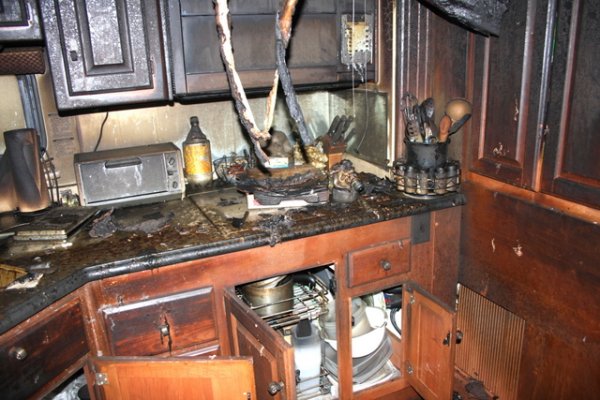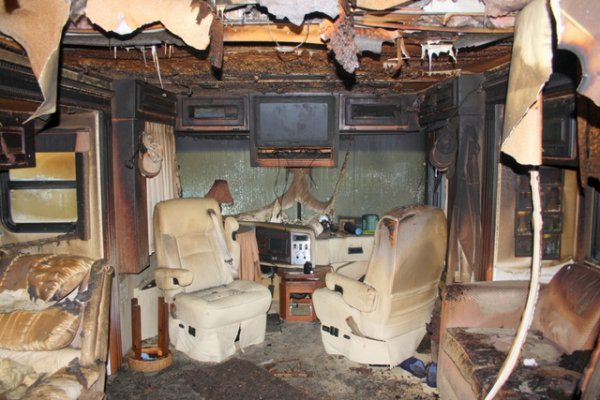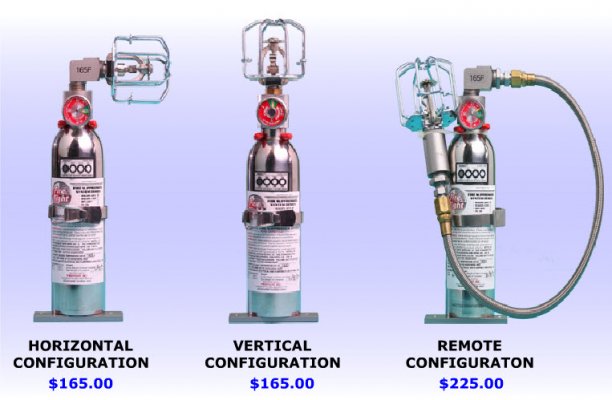PJ Stough
Well-known member
Dar said:I would hope that the RV manufacturers would have done their homework considering the brands they use so I guess my suggestion would be to check out the residential fridges they are using? Just a thought. Dar
Seeing what manufacturers are using would be a good place to start, however, I would be concerned that their primary interest is cost, not what would serve the customer best.
Paul

